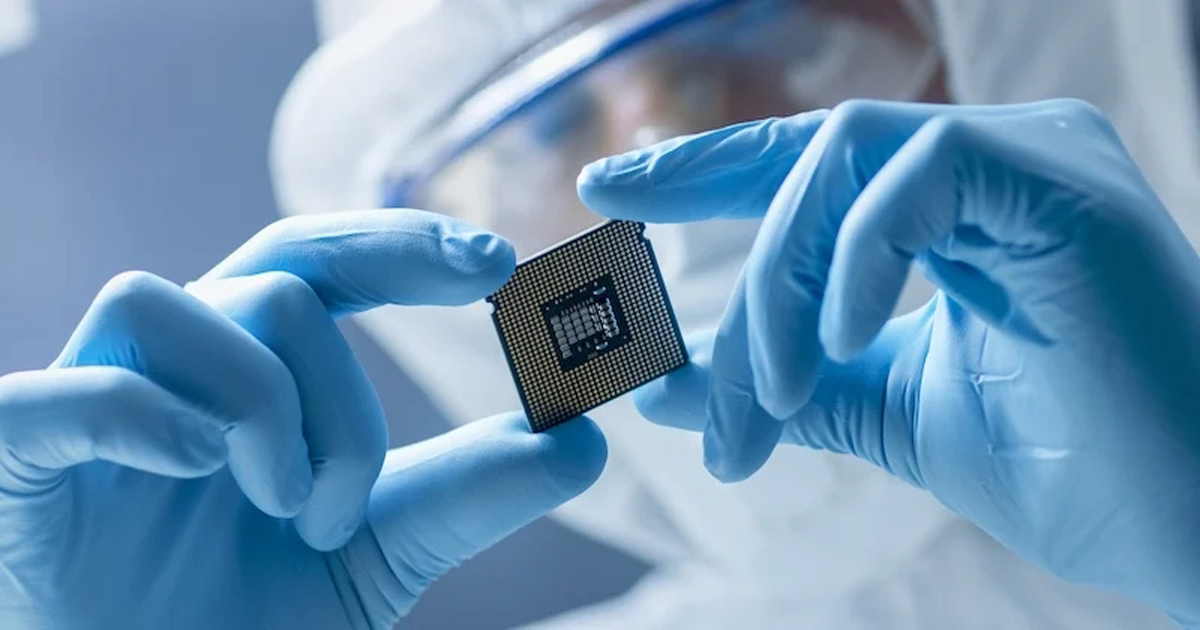As Arm Eyes IPO and Higher Prices, RISC-V May Get a Boost
British firm Arm Limited is one of the leading providers of SoCs and processor intellectual property (IP) in the world. In recent years, however, open-source ISA RISC-V—invented at UC Berkeley—has been gaining traction and represents potential competition to Arm's portfolio.
Arm's upcoming IPO and decision to raise licensing costs could accelerate this adoption.
Arm's Role in Embedded Systems
In the next few years, Arm-based architectures are anticipated to account for 30% of PC architectures and half of all CPUs used for cloud services. Arm touts its architectures as high-performant yet energy efficient, representing a “foundation for computing everywhere”. Arm generally does not manufacture hardware itself (with the exception of evaluation boards); instead, it sells its IP to a variety of industry partners who layout and manufacture the IP in their own chips instead. 
The Arm Cortex-M3 microprocessor is commonly used in embedded applications.
Arm uses reduced instruction set computing (RISC) architectures. In a RISC architecture, each instruction typically executes in a single clock cycle with a pipelined architecture for maximum efficiency. In a complex instruction set computer (CISC) architecture, a single instruction may take more than one clock cycle and execute multiple functions. Because CISC instruction decode logic is more complex, RISC architectures are preferred in embedded systems for their lower power consumption.
Consequently, Arm architectures have seen significant adoption in the world of embedded electronics.
As Softbank Faces Financial Woes, Arm Eyes IPO
Eyeing Arm's significant market share and growth trajectory, Japanese financial powerhouse Softbank decided to acquire Arm in 2016. In recent years, Softbank has struggled financially, with its signature Vision Fund taking heavy losses. Softbank touts its Vision Fund as an ecosystem for technology entrepreneurs, providing them with capital, expertise, and support to “reach their full potential.” The Vision Fund’s current portfolio includes a wide array of companies, including Arm. In fact, Arm Holdings has emerged as one of Softbank’s largest investments after Uber. 
Arm Holdings is one of Softbank’s largest investments.
In light of Vision Fund’s staggering losses, Arm could be a potential silver lining. Arm is able to monetize its vast IP portfolio in two ways: through licensing fees and royalties. When Arm sells its IP to one of its industry partners to make chips, it charges a licensing fee. Additionally, it also collects royalties when those chips are sold to customers. 
Upfront licensing fees and royalties are collected by Arm.
With Softbank’s financial troubles continuing and NVIDIA's failed acquisition of Arm last year, Arm is eyeing an initial public offering (IPO). An IPO is the process by which a private company issues stock to investors and effectively becomes publicly traded. A company can often raise a significant amount of cash through an IPO, and this is likely a strong motive for Softbank to try to take Arm public. Along with its IPO, Arm is also planning to increase licensing fees to bring in more revenue—and perhaps enthuse Wall Street investors.
Higher Arm Licensing Fees May Accelerate RISC-V Adoption
Arm may be a key player in the world of RISC architectures and embedded systems, but it is not the only one. In 2010, Professor Krste Asanovic and a group of graduate students at UC Berkeley started the RISC-V instruction set. By 2011, the first tape out of a RISC-V chip occurred, and by 2015 the RISC-V Foundation was launched.
Similar to Arm-based architectures, RISC-V is a RISC (as the name suggests) architecture. However, because it is open-source and free to use, it does not require any licensing fees. One company, SiFive, has emerged as a force within the world of RISC-V and—analogous to Arm—has developed an entire portfolio of RISC-V IP. 
The P670 excels in compute density, while the Cortex-A76 processor has higher raw performance.
Arm and SiFive processors differ in their strengths. As shown in the bar chart above, the Arm Cortex-A76 has higher single-threaded performance, while the SiFive P670 processor has higher compute density. This makes the P670 more suitable for applications such as wearables, which require the smallest chip size due to weight and area concerns while still retaining adequate performance.
RISC-V has even made the cut for NASA, which intends to use Microchip processors with SiFive RISC-V CPU cores in its upcoming spaceflight computer.
Arm doesn't seem to see RISC-V as competition, however—at least in the data center. Arm's SVP and GM of infrastructure business Chris Bergey recently commented that while RISC-V is better suited to niche or specialized applications, Arm is still the best option to power servers and accelerators alike in all major public cloud infrastructures.



.jpg)